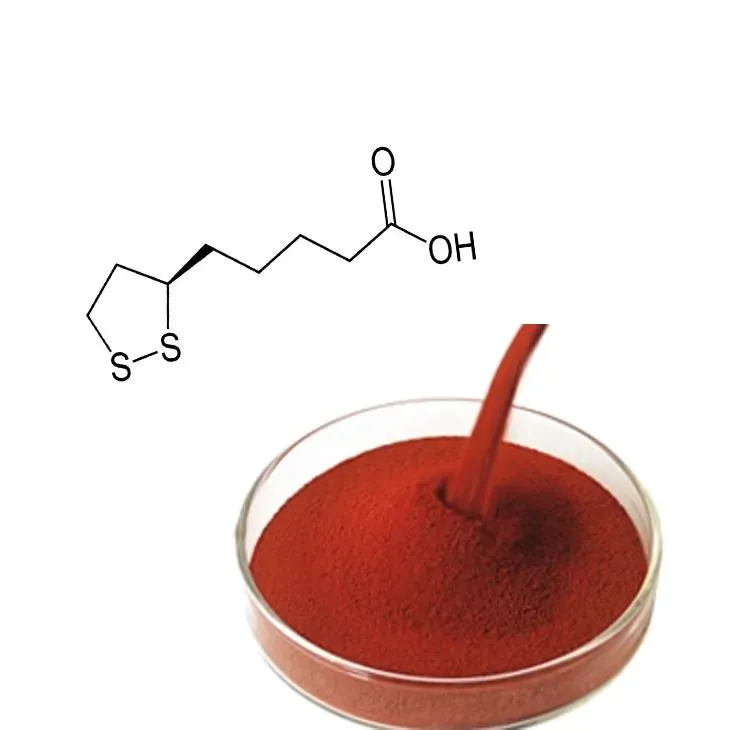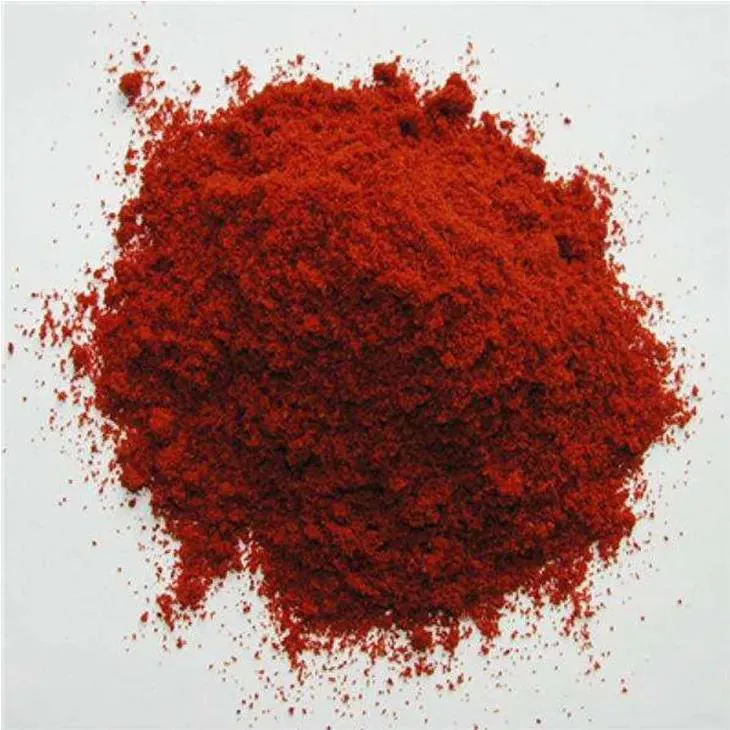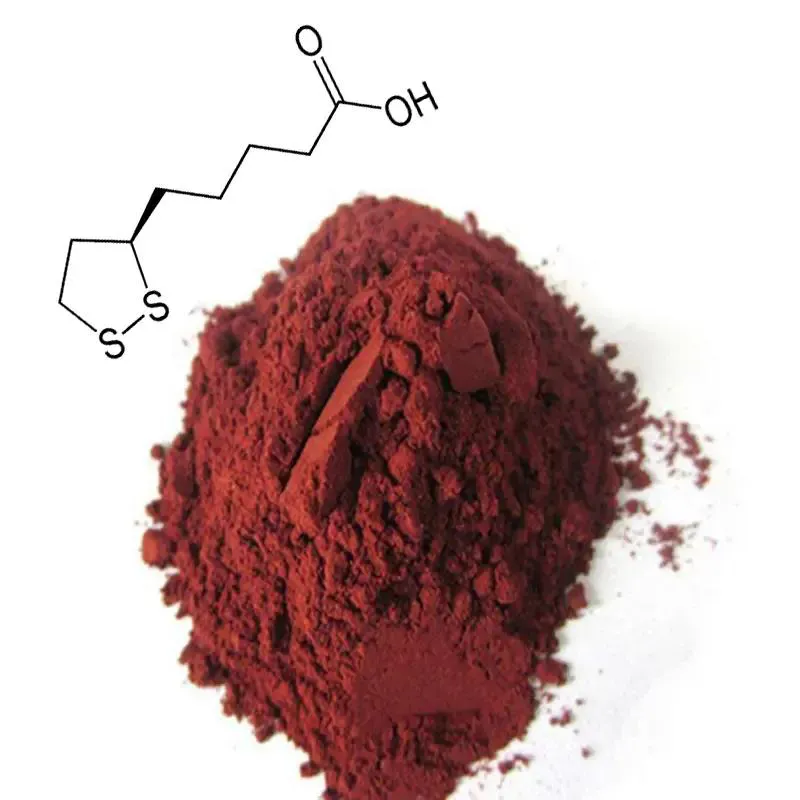- 0086-571-85302990
- sales@greenskybio.com
Nature's Astaxanthin Treasures: Exploring the Natural Sources of This Powerful Carotenoid
2024-07-04

1. Introduction
In the vast realm of natural compounds, Astaxanthin emerges as a truly remarkable carotenoid. It has been the subject of increasing scientific interest due to its numerous potential health benefits. This article embarks on an in - depth exploration of Astaxanthin, with a particular focus on its natural sources. Understanding where Astaxanthin is found in nature is crucial as it not only affects the purity of the compound but also its bioavailability and, consequently, its effectiveness in the human body.

2. Natural Sources of Astaxanthin
2.1 Microalgae
Microalgae are one of the primary natural sources of astaxanthin. These microscopic organisms are found in the depths of the ocean and are responsible for a significant amount of astaxanthin production. Haematococcus pluvialis, for example, is a well - known microalga that is rich in astaxanthin. It has the ability to synthesize large quantities of this carotenoid under certain environmental conditions, such as high light intensity and nutrient stress. The astaxanthin produced by microalgae is often considered to be of high purity. This is because microalgae are relatively simple organisms, and their production of astaxanthin is a natural metabolic process that is less likely to be contaminated with other substances compared to some other sources.
2.2 Crustaceans
Crustaceans, such as shrimp, crab, and lobster, also contain astaxanthin. In these organisms, astaxanthin serves several important functions. It is responsible for the characteristic red or pink color of their shells and flesh. However, the astaxanthin in crustaceans is obtained through their diet, which often includes microalgae. When crustaceans consume microalgae rich in astaxanthin, they accumulate the carotenoid in their bodies. The presence of astaxanthin in crustaceans has led to their consumption being associated with certain health benefits, although it should be noted that the bioavailability of astaxanthin from crustacean sources may be different from that of microalgae - derived astaxanthin.

3. The Significance of Natural Sources for Purity
The natural sources of astaxanthin play a crucial role in determining its purity. As mentioned earlier, microalgae - sourced astaxanthin is often considered pure. This is because the production environment within the microalgae can be carefully controlled in a laboratory or natural setting. In contrast, when astaxanthin is obtained from other sources, such as synthetic production or extraction from complex organisms, there is a higher risk of impurity. For example, synthetic astaxanthin may contain by - products or contaminants that are not present in natural astaxanthin. These impurities can potentially affect the safety and efficacy of astaxanthin when used for health - related purposes. Therefore, the purity of astaxanthin from natural sources, especially microalgae, is a significant advantage.

4. Bioavailability and Natural Sources
Bioavailability refers to the proportion of a substance that is absorbed by the body and is able to have a biological effect. The natural source of astaxanthin can greatly influence its bioavailability. Astaxanthin from microalgae may have different bioavailability characteristics compared to that from crustaceans. In microalgae, astaxanthin is often in a form that is more easily absorbed by the human body. This could be due to the fact that microalgae produce astaxanthin in a way that is more compatible with the human digestive system. On the other hand, the astaxanthin in crustaceans may be bound to other substances in their tissues, which could potentially reduce its bioavailability. However, more research is needed to fully understand the differences in bioavailability between astaxanthin from different natural sources.
5. Structure and Composition of Natural Astaxanthin
The structure and composition of natural astaxanthin are key factors contributing to its diverse functions. Astaxanthin has a unique molecular structure that gives it powerful antioxidant properties. Its long carbon - chain structure and the presence of multiple conjugated double bonds allow it to effectively scavenge free radicals. Free radicals are highly reactive molecules that can cause damage to cells, proteins, and DNA in the body. By neutralizing these free radicals, astaxanthin helps to protect cells from oxidative damage. In addition to its antioxidant properties, the structure of astaxanthin also enables it to interact with cell membranes. It can insert itself into the lipid bilayer of cell membranes, thereby enhancing the stability and fluidity of the membranes. This, in turn, can have a positive impact on cell function and overall health.
6. Functions of Natural Astaxanthin
6.1 Enhancing Immunity
One of the important functions of natural astaxanthin is its role in enhancing immunity. The antioxidant properties of astaxanthin play a significant part in this. By reducing oxidative stress in the body, astaxanthin helps to maintain the normal function of immune cells. Oxidative stress can damage immune cells and disrupt their normal signaling pathways. Astaxanthin can also modulate the immune response by influencing the production of cytokines, which are small proteins that play a crucial role in immune cell communication. For example, it can help to regulate the balance between pro - inflammatory and anti - inflammatory cytokines, thereby promoting a healthy immune response.
6.2 Protecting Cells from Oxidative Damage
As mentioned earlier, astaxanthin's antioxidant properties are highly effective in protecting cells from oxidative damage. This is of great importance as oxidative damage is associated with a wide range of diseases, including cardiovascular diseases, cancer, and neurodegenerative disorders. In cells, astaxanthin can prevent the oxidation of lipids, proteins, and DNA. It does this by donating electrons to free radicals, thereby neutralizing them and preventing them from causing further damage. For instance, in the context of skin cells, astaxanthin can protect against the harmful effects of ultraviolet (UV) radiation, which is a major cause of oxidative damage to the skin.
7. Conclusion
In conclusion, natural astaxanthin is a truly remarkable compound with a wealth of potential health benefits. Its natural sources, such as microalgae and crustaceans, not only determine its purity but also influence its bioavailability. The unique structure and composition of natural astaxanthin contribute to its diverse functions, including enhancing immunity and protecting cells from oxidative damage. As research on astaxanthin continues to progress, it is likely that more insights will be gained into its mechanisms of action and potential applications in promoting human health. However, it is important to note that while astaxanthin shows great promise, further studies are still needed to fully understand its effects and to ensure its safe and effective use.
FAQ:
What are the main natural sources of astaxanthin?
As mentioned in the article, the main natural sources of astaxanthin include microalgae in the ocean depths and some crustaceans.
How does the natural source affect the purity of astaxanthin?
The natural sources play a crucial role in determining the purity of astaxanthin. For example, a cleaner and more pristine natural source may result in a purer form of astaxanthin. Different natural sources may have different levels of contaminants or interfering substances, which in turn influence the overall purity of astaxanthin.
What is the relationship between the natural source and the bioavailability of astaxanthin?
The natural source is closely related to the bioavailability of astaxanthin. The form in which astaxanthin is present in different natural sources can affect how easily it can be absorbed and utilized by the body. For instance, the structure and composition of astaxanthin from certain natural sources might make it more or less accessible for biological processes, thus influencing its bioavailability.
How does the structure of natural astaxanthin contribute to enhancing immunity?
The structure of natural astaxanthin is likely to have specific chemical properties that interact with the body's immune system. It may be able to modulate certain immune cells or signaling pathways. For example, its antioxidant properties within its structure could help reduce oxidative stress on immune cells, allowing them to function more effectively, which in turn contributes to enhanced immunity.
Can you explain how natural astaxanthin protects cells from oxidative damage?
Natural astaxanthin has a structure that allows it to act as a powerful antioxidant. It can scavenge free radicals, which are highly reactive molecules that can cause oxidative damage to cells. By neutralizing these free radicals, astaxanthin helps prevent damage to cell membranes, DNA, and other cellular components, thus protecting cells from oxidative damage.
Related literature
- Astaxanthin: Sources, Extraction, Stability, Biological Activities and Its Commercial Applications: A Review"
- "Natural Astaxanthin: Sources, Extraction, and Applications in Biomedicine"
- "The Role of Astaxanthin from Natural Sources in Health and Disease Prevention"
- ▶ Hesperidin
- ▶ Citrus Bioflavonoids
- ▶ Plant Extract
- ▶ lycopene
- ▶ Diosmin
- ▶ Grape seed extract
- ▶ Sea buckthorn Juice Powder
- ▶ Fruit Juice Powder
- ▶ Hops Extract
- ▶ Artichoke Extract
- ▶ Mushroom extract
- ▶ Astaxanthin
- ▶ Green Tea Extract
- ▶ Curcumin
- ▶ Horse Chestnut Extract
- ▶ Other Product
- ▶ Boswellia Serrata Extract
- ▶ Resveratrol
- ▶ Marigold Extract
- ▶ Grape Leaf Extract
- ▶ New Product
- ▶ Aminolevulinic acid
- ▶ Cranberry Extract
- ▶ Red Yeast Rice
- ▶ Red Wine Extract
-
Moringa powder
2024-07-04
-
Quercetin
2024-07-04
-
Cranberry Extract
2024-07-04
-
Uridine-5'-monophosphate Disodium salt
2024-07-04
-
Okra Extract
2024-07-04
-
Green Tea Extract
2024-07-04
-
Nettle Root Extract
2024-07-04
-
Natural grape seed extract
2024-07-04
-
Troxerutin
2024-07-04
-
Yam Extract
2024-07-04





















